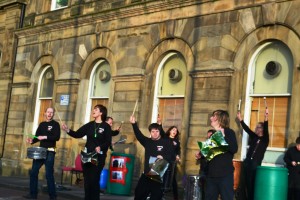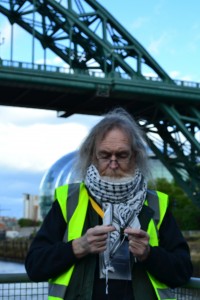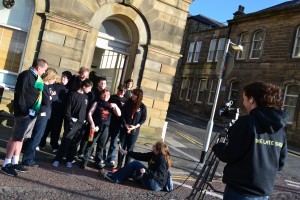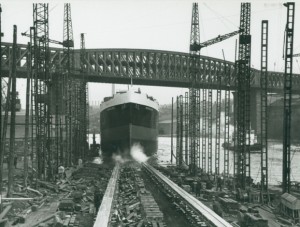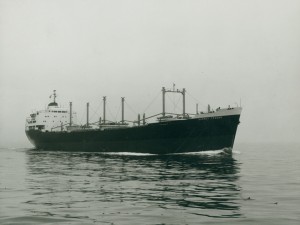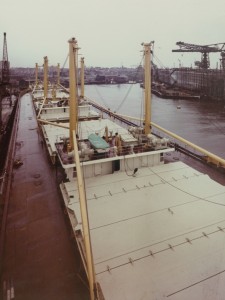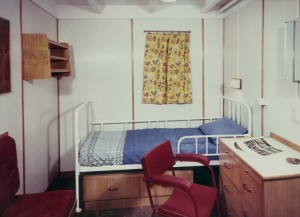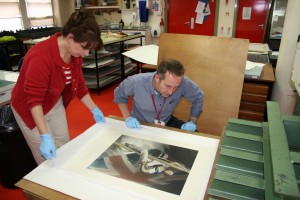The BFI Mediatheque’s new film selection ‘Into the White – 100 Years of Polar Exploration on Screen’ provides a fascinating insight into the presentation of such expeditions on screen. Compiled in commemoration of the 100th anniversary of Captain Scott’s ill-fated Terra Nova expedition to the Antarctic and the BFI’s forthcoming DVD and Blu-ray release of the original Herbert G. Ponting silent documentary on that subject, ‘The Great White Silence’, one of the most interesting things it allows for the viewer is a chance to compare and contrast the 1930’s sound version of Ponting’s work, ’90 Degrees South’ with the Ealing film version made in 1948, ‘Scott of the Antarctic’, directed by Charles Frend.
Scott’s reputation has waxed and waned over the years, with some historians such as Roland Huntford arguing that he was at best a heroic bungler, but as you might expect the official Ponting documentary and the Charles Frend film do not emphasise this. The documentary contains compellingly filmed sequences involving penguins and seals to show that one of the expedition’s most important missions was to observe the natural history of the region – an aspect that has been underplayed by some, although here and elsewhere the argument is made that an extra day spent compiling such evidence may well have been an important factor in the demise of Scott and his companions. The documentary also mentions a memorial cross on Ross Island for George Vince, a member of Scott’s previous Discovery expedition lost in a blizzard – a detail unmentioned in the film version, as perhaps a doomy portent too far.
The 1948 film has been described as a typical stiff upper lip English drama and it is true that most of the characters show extreme stoicism in the face of disaster – including, most famously, Captain Oates’ suicidal walk out of the tent saying he may be some time, to the accompaniment of a choral wail courtesy of Vaughan Williams’ score. The score itself is one of the most effective elements of the film, providing an emotional release somewhat atypical for films of this type. Jack Cardiff’s cinematography combined with painted backdrops give the film a dreamlike effect – most particularly in perhaps the film’s most effective moment – John Mills as Captain Scott pausing in front of the idyllic cottage of Harrold Warrender’s Dr. Wilson, having just persuaded him to join the expedition, showing an eerie premonition of doubt.
Unlike the documentary, the film does show Scott to have flaws – his competitive nature, his misguided reliance on technology as his machines break down in the snow and even his decision to take five men with him on the final stretch of the trek to the Pole when the provisions were only supposed to be for four – although John Mills’ upright performance counteracts some of this. The natural history is less prominent also, although Dr. Wilson’s enthusiasm for it is given at the start as the main reason for his participation – another element to the film is the participation of the surviving loved ones and members of the expedition whose misgivings undoubtedly add to a more melancholic mood. This mood is splendidly conjured again with two brief but moving flashbacks near the end – Wilson imagining his wife walking down a country path, Scott remembering a walk in the sand with his wife – before meeting their doom.
Both the film and documentary hint that Scott had a certain vanity (the film first shows Scott posing for a sculpture by his wife) although his desire for fame and predilection for technology is ironically perhaps the reason he and his expedition is so remembered today and gives both films a contemporary appeal – at one point, Ponting remembers Scott and his crew remarking during filming in a tent (recreated for the documentary maker) that it will be great when they see themselves at the cinema. The BFI Mediatheque is merely the latest venue where others can see the fascinating results Scott’s company were denied.

